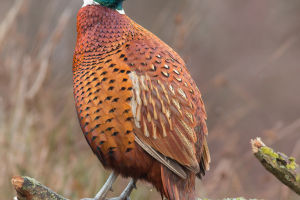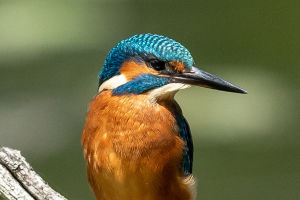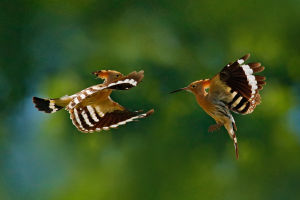The kingfisher, a mesmerizing bird renowned for its vivid plumage and remarkable fishing abilities, captivates nature enthusiasts and birdwatchers worldwide.
Found in various habitats around the globe, this charismatic creature possesses a unique blend of physical adaptations and behavioral prowess that makes it a true marvel of the avian world.
Physical Characteristics:
The kingfisher belongs to the Alcedinidae family, comprising approximately 90 species. These birds exhibit a diverse array of colors, ranging from vibrant blues and greens to stunning oranges and reds.
Their compact bodies measure around 17 to 20 centimeters in length, with short legs and strong, sharp beaks specially designed for capturing prey underwater. Notably, kingfishers possess a streamlined physique and a distinctive crest atop their heads, further enhancing their graceful appearance.
Habitats and Distribution :
Kingfishers are remarkably adaptable and can be found in a variety of ecosystems, including rivers, lakes, mangroves, and coastal regions. They are distributed across the globe, with different species occupying specific regions.
The belted kingfisher, for instance, is prevalent in North America, while the common kingfisher is found in Europe and Asia. Each species has its preferred habitat, but all share a common requirement: a water source that teems with fish, their primary source of sustenance.
Diet and Feeding Behavior :
Kingfishers are consummate fishers and possess an impressive hunting technique. Perched on a branch or a low-hanging limb, they patiently observe the water surface for the slightest sign of movement.
Once they spot their prey, they take a swift, kamikaze-like plunge into the water, utilizing their keen eyesight to target fish with precision. Their powerful beaks enable them to grasp their catch firmly, while their backward-facing barbs prevent slippery fish from escaping.
In addition to fish, kingfishers may also consume insects, crustaceans, amphibians, and even small reptiles.
Breeding and Nesting :
Kingfishers exhibit fascinating courtship rituals and construct elaborate nests. Males engage in intricate displays, showcasing their vibrant plumage and vocal abilities to attract a suitable mate.
Nesting sites are often located near the water's edge, where they dig tunnels in muddy banks or utilize holes in trees. These nests are designed with a small chamber at the end to house the eggs.
Once the eggs are laid, both parents share the responsibility of incubating them and feeding the hatchlings until they are ready to fledge.
Conservation Status:
While some kingfisher species face habitat loss and degradation due to human activities such as deforestation and pollution, others thrive in their respective regions. The IUCN Red List categorizes several species as "Least Concern," indicating their stable populations.
Conservation efforts, including habitat preservation and pollution control measures, are crucial to ensure the survival of these remarkable birds and maintain the delicate ecological balance in which they thrive.
The kingfisher's striking beauty, remarkable hunting techniques, and adaptability make it a true wonder of the avian world. From its vibrant plumage to its mesmerizing dives, this bird exemplifies nature's perfection.
By appreciating and protecting these magnificent creatures, we can ensure their continued existence and preserve the awe-inspiring spectacle they bring to our ecosystems.


